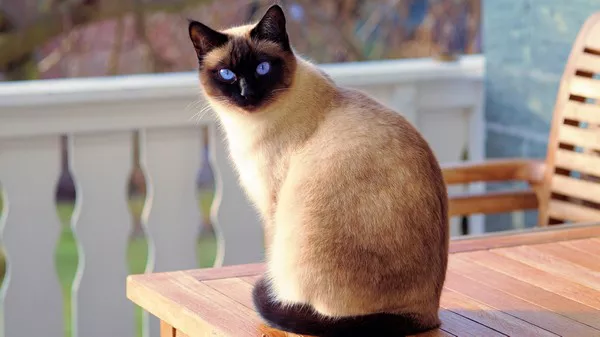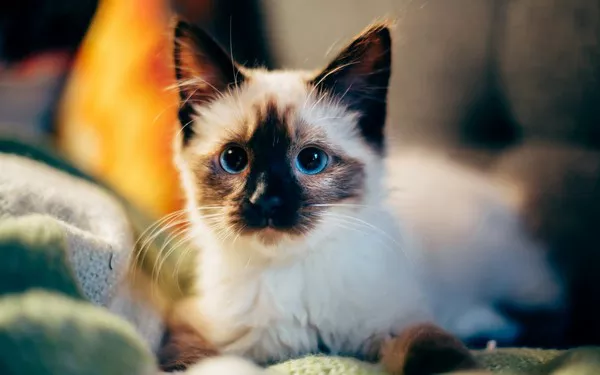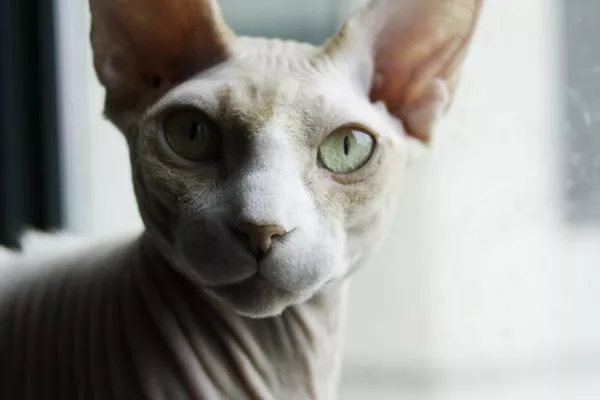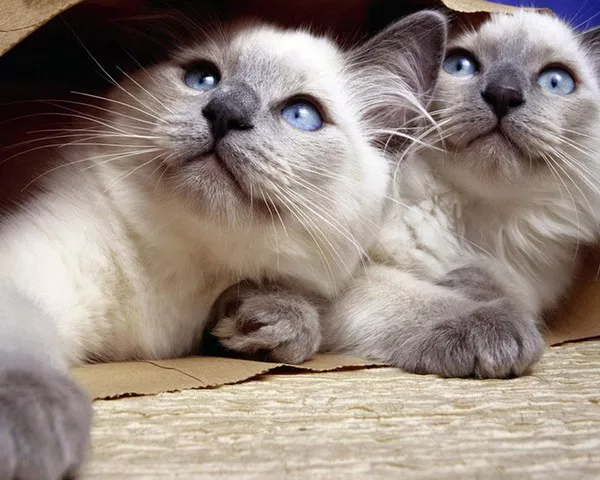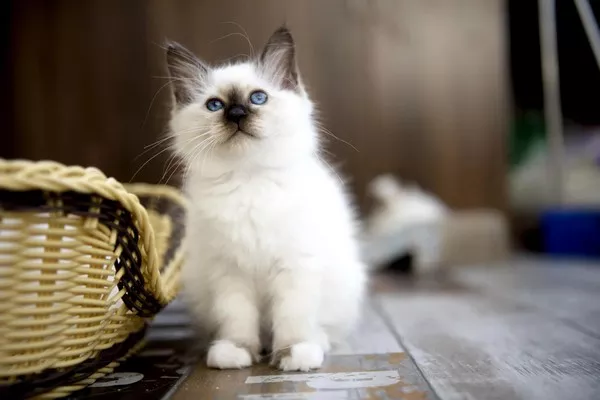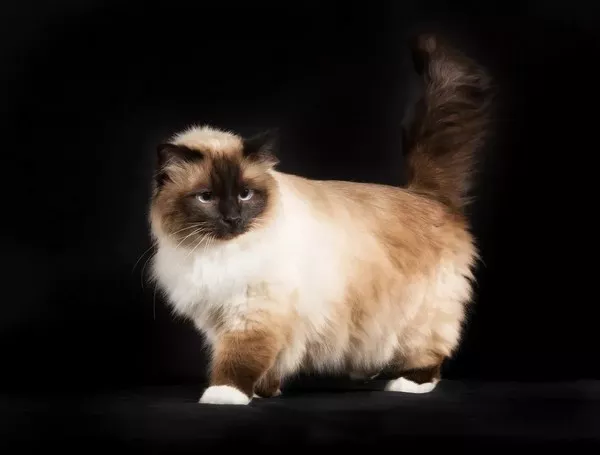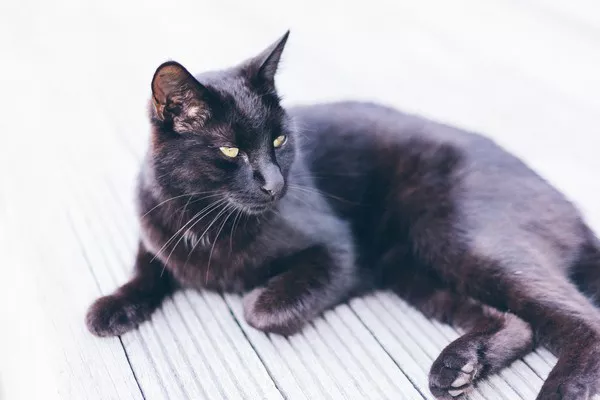Introduction:
Balinese cats, with their striking appearance and graceful demeanor, have captured the hearts of cat enthusiasts worldwide. Known for their stunning semi-longhair coats and enchanting blue eyes, Balinese cats are often associated with elegance and beauty. However, beyond their aesthetic appeal, the Balinese breed possesses another alluring quality—their rarity. In this article, we delve into the reasons behind the rarity of Balinese cats and shed light on what makes them a coveted and sought-after breed.
Origins and Development:
The Balinese cat breed originated as a natural longhaired variant of the Siamese breed. The breed’s name is inspired by the traditional dancers of Bali, as the cats’ graceful movements resemble the fluidity and elegance of the dancers. The longhaired gene is a recessive trait that occasionally occurs in Siamese litters, and selective breeding helped establish the Balinese breed as a distinct entity.
Limited Gene Pool:
One significant factor contributing to the rarity of Balinese cats is the limited gene pool from which breeders can work. The longhaired gene is recessive, which means that both parents must carry the gene for long hair to produce longhaired offspring. As a result, breeders have to carefully select breeding pairs to ensure the presence of the longhaired gene in their litters.
Selective Breeding and Preservation Efforts:
Preserving and maintaining the Balinese breed’s unique characteristics requires meticulous selective breeding. Breeders focus on breeding Balinese cats with the desired traits, such as the trademark semi-longhair coat, vivid blue eyes, and a body structure reminiscent of the Siamese breed. This selective breeding process helps maintain the breed’s standard while ensuring genetic diversity and the longhaired gene’s continuation.
Breed Standards and Recognition:
The rarity of Balinese cats is further enhanced by the breed’s recognition by various cat registries and breed organizations. These organizations set specific standards for Balinese cats, including criteria related to their appearance, coat texture, eye color, and body structure. The adherence to these standards contributes to the breed’s exclusivity and the limited number of recognized Balinese cats worldwide.
Limited Availability and High Demand:
Due to the breed’s rarity, finding a Balinese cat can be a challenge. Balinese kittens are often in high demand, and reputable breeders typically have waiting lists. Potential owners may need to demonstrate their commitment to providing a loving and suitable home for these extraordinary felines. The limited availability and high demand add to the allure and desirability of Balinese cats.
Breed Preservation Efforts:
Recognizing the importance of preserving and protecting the breed, responsible breeders and dedicated enthusiasts play a crucial role in maintaining the rarity of Balinese cats. They adhere to ethical breeding practices, prioritize the health and well-being of the cats, and work to ensure the breed’s long-term viability.
Conclusion:
Balinese cats are undeniably captivating and rare feline companions. Their unique semi-longhair coat, vivid blue eyes, and graceful presence make them a highly sought-after breed among cat enthusiasts. The limited gene pool, selective breeding practices, and breed preservation efforts all contribute to the rarity of Balinese cats. While their scarcity may make them more challenging to find, the joy and companionship they bring to their fortunate owners make the pursuit of a Balinese cat a rewarding endeavor.

